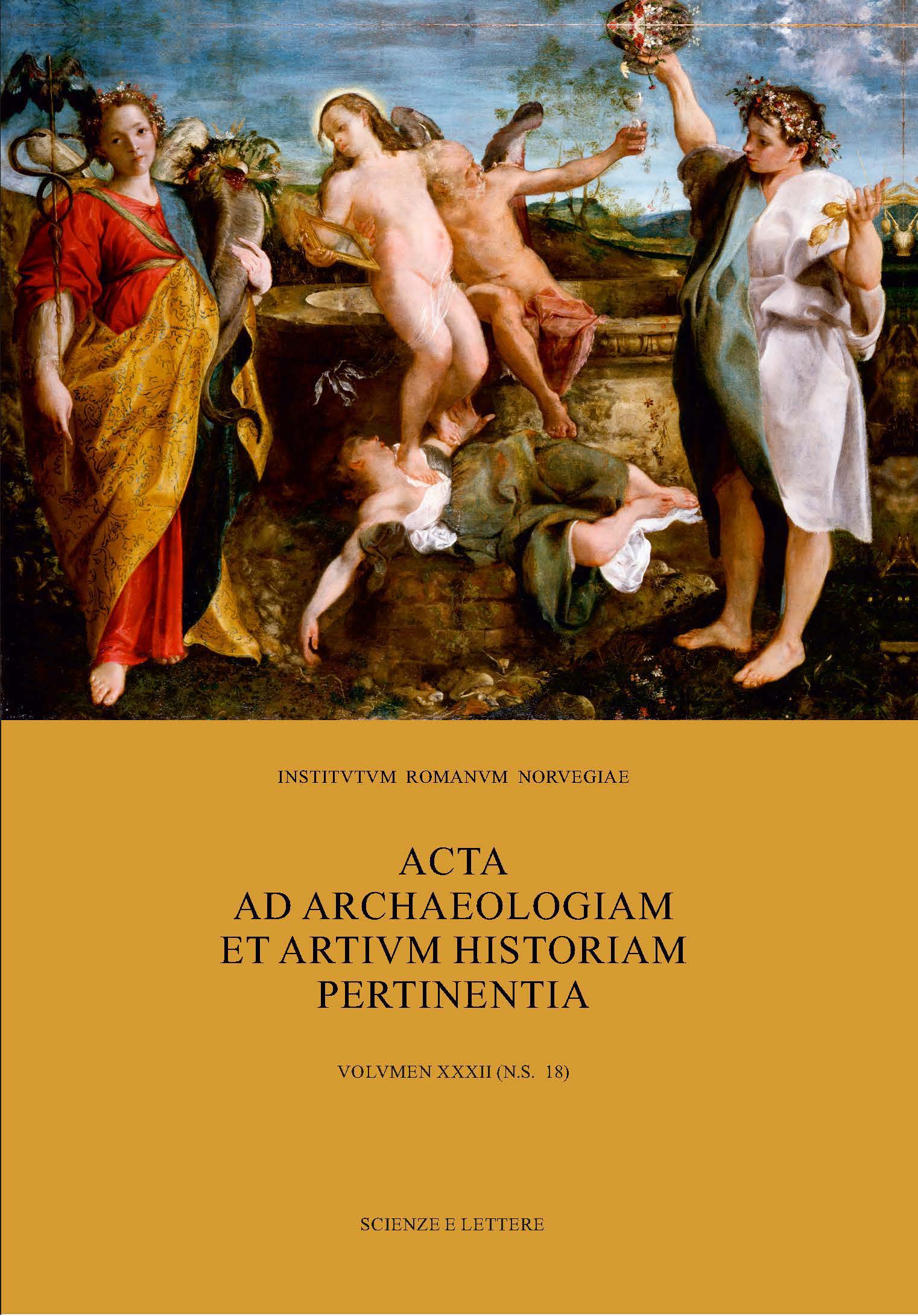Tales of saviours and iconoclasts. On the provenance of "the Dead Sea Scrolls of Buddhism"
DOI:
https://doi.org/10.5617/acta.9023Emneord (Nøkkelord):
Schøyen collection (Norway), Ancient Buddhist manuscripts, Dead Seas Scrolls of Buddhism, cultural property, provenance research, provenance narratives, antiquities market, illicit antiquities trade, illicit trafficking of cultural goods, conflict antiquities tradeSammendrag
Academic research on newly discovered ancient Buddhist manuscripts is largely based on objects that come from the antiquities market and to a much lesser degree on objects coming from documented and controlled archaeological excavations. Despite their being unprovenanced, collectors and scholars often present such objects with narratives mimicking provenance. The use of the label "Dead Sea Scrolls" attached to archaeological material without connections to Judaism or early Christianity is a prevalent example of this scholarly praxis. In this article, we deconstruct provenance narratives associated with the undocumented Buddhist manuscripts in the Schøyen Collection and discuss their implications for research on these manuscripts and beyond.
On cover:
ANNIBALE CARRACCI (BOLOGNA 1560 - ROME 1609), An Allegory of Truth and Time c. 1584-1585.
Oil on canvas | 130,0 x 169,6 cm. (support, canvas/panel/str external) | RCIN 404770
Royal Collection Trust / © Her Majesty Queen Elizabeth II 2021.
Nedlastinger
Publisert
Hvordan referere
Utgave
Seksjon
Lisens

Dette verket er lisensiert under Creative Commons Attribution-NonCommercial-NoDerivatives 4.0 International License.

This work is licensed under a Creative Commons Attribution-NonCommercial 4.0 International License.
Authors who publish with this journal agree to the following terms:
- Authors retain copyright and grant the journal right of first publication with the work simultaneously licensed under a Creative Commons Attribution License that allows others to share the work with an acknowledgment of the work's authorship and initial publication in this journal.
- Authors are able to enter into separate, additional contractual arrangements for the non-exclusive distribution of the journal's published version of the work (e.g., post it to an institutional repository or publish it in a book), with an acknowledgement of its initial publication in this journal.
- Authors are permitted and encouraged to post their work online (e.g., in institutional repositories or on their website) prior to and during the submission process, as it can lead to productive exchanges, as well as earlier and greater citation of published work (See The Effect of Open Access).





